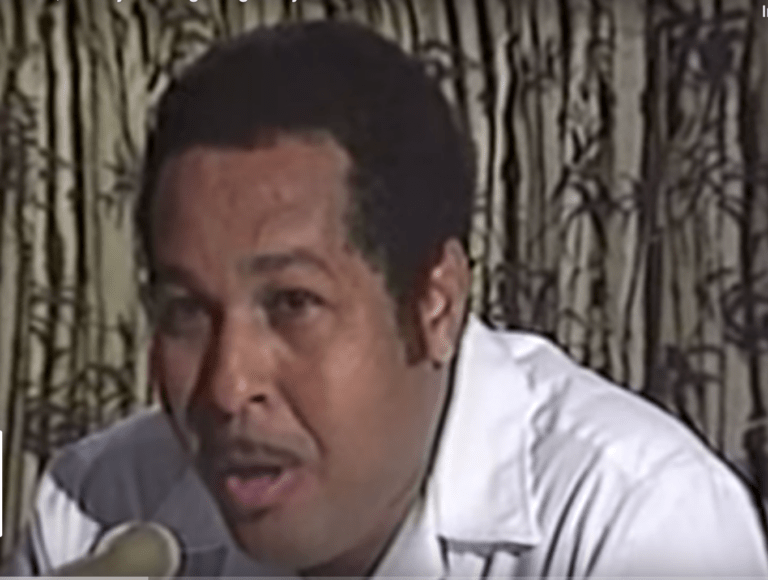‘Jamaica, Jamaica’ and the Jamaican Curatorial Imagination – Part 1

The National Gallery of Jamaica has finally announced its reopening, on 5 October after having been closed to the public since 14 March 2020, because of the pandemic. The long overdue reopening is, however, a partial one in which only the Jamaica, Jamaica exhibition and the gift and coffee shops will be open to the public, with limited opening hours: Tuesdays to Fridays from 10 am to 12 noon and from 1 to 4 pm, with the explanation that the 12 to 1 pm closure is needed to facilitate sanitation. Not a word, however, about the latest postponement of the Kingston Biennial. There appears to be no sense of obligation or urgency on the part of the National Gallery of Jamaica to bring the public up to date on what is, after all, its flagship exhibition.
The rather stingy, needlessly complicated new opening hours in Kingston are not exactly “user friendly” for working people and the lack of Saturday hours is particularly regretted. National Gallery West, the National Gallery’s Montego Bay branch, in contrast, has announced more generous opening hours – Mondays to Saturdays, and continuously from 9 am to 4 pm. The question arises why the protocols are so different for Kingston, and why has the National Gallery opted to provide access to the Jamaica, Jamaica exhibition only. But despite the time and access restrictions in Kingston, the National Gallery of Jamaica is now finally open to the public again, which is a major step after the recent downturn, which is to be celebrated and applauded.
Jamaica, Jamaica is a major exhibition on Jamaican music culture curated by the French music journalist Sebastien Carayol for the Philharmonie de Paris/Cité de la Musique in 2017. The exhibition traveled, first to Brazil, where it was shown in 2018, and then to its final stop in Jamaica, where it opened at the National Gallery of Jamaica in February 2020, a few weeks before the lockdown started. The exhibition was mounted as a collaboration between the Jamaica Music Museum and the National Gallery. As had also been done in Brazil, the exhibition was partially re-curated for its showing in Jamaica, by a curatorial team consisting of Carayol, Herbie Miller, the Director/Curator of the Jamaica Music Museum, and O’Neil Lawrence, the current Chief Curator of the National Gallery.

Jamaica, Jamaica, as the first major survey exhibition on the subject, raises urgent questions about the curation of Jamaica’s music history. That Jamaica itself has failed to initiate and produce an exhibition of the calibre of Jamaica, Jamaica, despite having a Jamaica Music Museum for more than ten years now, is nothing to be proud of, as it reflects a near-inexplicable lack of initiative, in contrast with the drive and ambition that have fuelled the Jamaican music industry itself. And that the Jamaica Music Museum and its important collections are still housed in small, temporary premises at the Institute of Jamaica and does not yet have the large, suitably outfitted museum building or the collections needed to mount comprehensive exhibitions is downright embarrassing, especially after countless political announcements. The routine excuses about the lack of resources have limited credibility, as resources have been found for many other, far less worthwhile ventures. It is simply a matter of priorities, and of vision, or rather, of the sad lack thereof, as having a well-appointed and -managed music museum would be a great asset to Jamaica.
Jamaica, Jamaica, by implication, shows up these failings. Having originated in France, the exhibition also raises questions about the ownership and representation of Jamaica’s music culture. The visual culture of Jamaica’s music industry, and the internationally recognizable imaginary of reggae that has emerged from it, has never been exclusively developed in Jamaica or by Jamaicans. Reggae was, from early on, a transnational affair, mediated by migration, counter-cultural and resistance movements in various parts of the world, as well as, contradictorily, the profit-making imperatives of the international music industry. The visual imaginary of reggae, and more recently dancehall, has always been the product of a complex and contradictory dialogue between how Jamaica imagines itself, and how it is imagined by others – an endless loop of resistance and co-optation, and of all sorts of cross-cultural translations, within and beyond Jamaica itself. The question of cultural ownership however arises, and Jamaica should at least set the tone, and the conditions, for how its music heritage is to be represented.
Read more about the Jamaica, Jamaica exhibition next week.
Dr Veerle Poupeye is an art historian specialized in art from the Caribbean. She lectures at the Edna Manley College of the Visual and Performing Arts in Kingston, Jamaica, and works as an independent curator, writer, researcher, and cultural consultant. Her personal blog can be found at veerlepoupeye.com.






